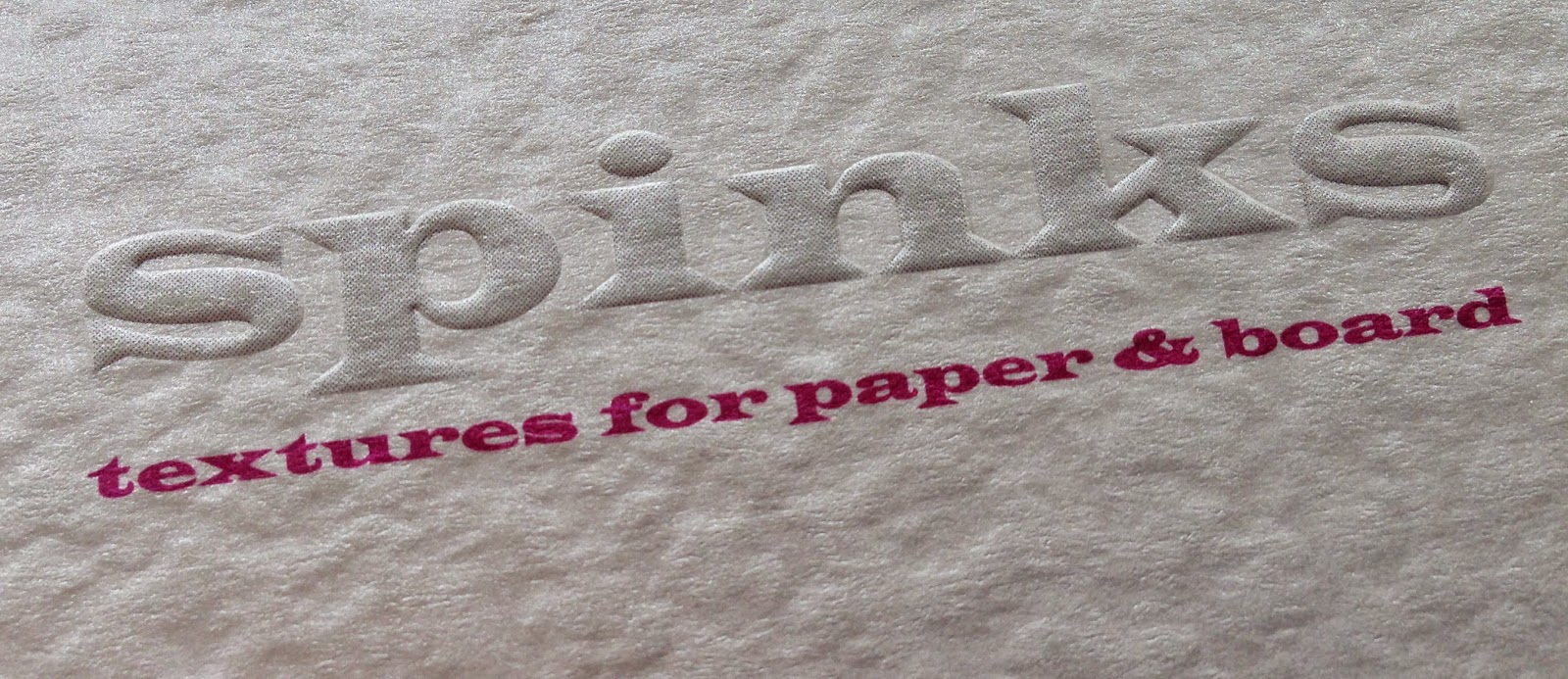Regular followers of this blog will know that my first post of every month is a "job from the past" so that I can show some of the really good work from years gone by...
The Unusual Times - 2005

Hendricks is handcrafted gin, made is small batches with traditional botanicals, juniper, coriander, and citrus peel but the special infusion of cucumber and rose petals creates a unique and unexpected flavour.
Despite the possibilities of surprise, most people shrink away from what is odd. But there are those who seek it, individuals who are truly excited by what is strange and different. Thus the marketing of this drink is to those who seek what is odd...!
The "newspaper" called The Unusual Times "brought to you by the purveyors of the most unusual Hendricks Gin" is a printed publication distributed to the press and around discerning bars, clubs and pubs around the country.
Designed to mimic a newpaper from a bygone era, it was simply printed offset litho in one colour, however the material was absolutely crucial to make the publication feel right. The material chosen is our Redeem 100% Recycled 80gsm, which has that natural "newsy" shade and rattle of a newspaper.
The finished size is 354x260mm, and they are simply a 4pp publication which is then endorse folded in half to 177x260mm. This is an excellent example of where selecting the right paper, made a big difference to the finished project. Undoubtedly some tatty old Challenger offset or the like would have been much cheaper - but even if it had been printed all over to give it an 'aged' look and feel it would never have achieved the look and feel that this publication has.
The content includes many of the normal things one would find in a newspaper, including a crossword and adverts but the articles all have an odd twist ...as you can see from this article below:
There were a few editions produced, including one edition on our Redeem FTP (Financial Times Pink) as you can see in the image below and as I recall they were produced in 2005 and 2006. The publication is still alive and available online
http://unusualtimes.net/
Unfortunately I don't know who was responsible for the creative work on the project, however the Jun Hirst at William Grant & Sons did the new brand development work for the Hendricks brand and ran the project. Print management was by Chris Saunders at Printsource.
www.hendricksgin.com
www.williamgrant.com
www.print-sourceuk.com
Posted by Justin Hobson 03.02.2015
 The latest, revised, edition of Size|Format|Stock is now available. Size Format Stock is the booklet that I wrote in collaboration with Zoë Bather at Studio8. Originally written in mind for the students that I give occasional talks to, it has since become a firm favourite with many graphic designers.
The latest, revised, edition of Size|Format|Stock is now available. Size Format Stock is the booklet that I wrote in collaboration with Zoë Bather at Studio8. Originally written in mind for the students that I give occasional talks to, it has since become a firm favourite with many graphic designers. 




















































